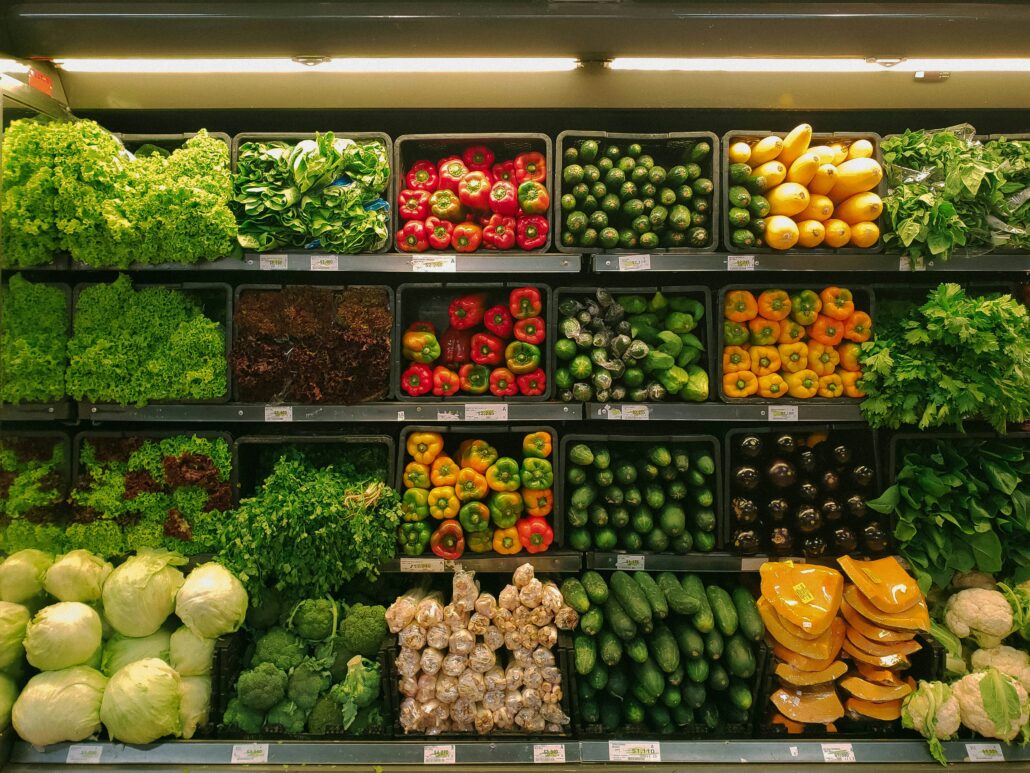How many of us really understand SNAP? We know it is used to buy food. We know that benefits arrive, like Social Security, Medicare, and Medicaid, in the first of the month. SNAP has become a political football, even though you may be ignoring it’s impact, or don’t have a clear understanding of what the program is, who is eligible, and how it impacts our state.
News media reporting on the “One Big Beautiful Bill Act” focus on proposed changes to Medicaid, Medicare, and SNAP. One Big Beautiful Bill is a 1,000 page document, Medicaid, Medicare, and SNAP are the hot buttons, but it is much more than that.
The summary of the bill is worth reading. The bill includes about $4.9 trillion in tax breaks, budget cuts, and new work requirements for Medicaid, among other budgetary changes. Three detailed, independent analyses found it would cut the number of national SNAP program beneficiaries by 1.3 million to 11 million people.

In Connecticut, SNAP (the Supplemental Nutrition Assistance Program) is administrated by the Connecticut Department of Social Services. SNAP gives people in Connecticut help to buy food.
How SNAP works:
- Fill out the application form online, by mail, or in-person
- You will be notified if they need more information to know if you are eligible for SNAP, you will get an answer in 30 days or less
- If you’re approved, you will get an EBT card in the mail that gets money added each month. Make sure to renew, as most people need to submit forms every 6 months to keep getting SNAP.
- If you have little or no money right now, the state will process your application as an emergency and respond within 7 days.
You will get emergency processing if your household:
- Makes less than $150 a month and has less than $100 in the bank, or
- Has combined rent/mortgage and utility bills that are more than your total income and assets before taxes, or
- Are migrant or seasonal farmworkers living in Connecticut.
SNAP benefits include:
- Monthly money on a debit-like EBT card to buy food
- Free education and job training through SNAP
- Get $2 for every $1 when you spend your SNAP money at certain Farmer’s Markets and Farm Stands (Including Stratford’s Farmers Market)
- Free budget-friendly and healthy recipes and nutrition tips
- Free admission to the Mystic Aquarium for you and three guests
Of course, there are things you can and cannot buy with an EBT card. The Connecticut SNAP Policy Manual provides a full list of these items. If you need more food help you can call 211 or visit 211.org.
Multiple provisions in H.R.1, or the “One Big Beautiful Bill Act,” would affect SNAP:
- The bill would allow only citizens and lawful permanent residents to receive SNAP benefits.
- It would freeze increases to the Thrifty Food Plan, which establishes the average cost of a nutritious, home-prepared meal and is used as the basis for calculating households’ maximum SNAP benefit amounts. By not allowing increases to the Thrifty Food Plan, households’ SNAP benefits are less likely to keep pace with retail prices and inflation, and would in effect become cuts.
- The bill also expands work requirements for SNAP eligibility. Currently, able-bodied recipients ages 18 to 54 with no dependents must work 80 hours per month to obtain SNAP benefits. The bill would raise the upper age limit to 64 for people who don’t live with dependents and people who live with children ages 7 and older.
- It gives states less leeway to waive work requirements in areas with high unemployment rates, and it requires that they pay a share of SNAP benefit costs beginning in 2028.
The Congressional Budget Office, Congress’ nonpartisan economic and budgetary analysts, projected that a provision that expands work requirements would lead to an estimated 3.2 million people losing SNAP benefits in a given month.
“If enacted, this would be by far the largest cut to food assistance in history,” said Katie Bergh, senior policy analyst on the food assistance team at the Center on Budget and Policy Priorities, a liberal think tank. The group’s analysis said the bill would cut federal funding for SNAP by about 30% altogether.
The Center on Budget and Policy Priorities, based on its analysis published before the House passed the bill, found the bill could cause nearly 11 million people to lose SNAP benefits, and that SNAP’s “deepest cuts” would come from the federal government pulling back on its funding by 5% to 25%.
“If a state can’t make up for these massive federal cuts with tax increases or spending cuts elsewhere in its budget (such as cutting eligibility or making it harder for people to enroll), it would have to cut its SNAP program, or it could opt out of the program altogether, terminating food assistance entirely in the state,” the Center’s analysis said.
The Urban Institute, a Washington D.C. think tank, estimated a more limited effect from the proposed work requirement expansion, but it still said millions of families would be affected. That provision “would result in 2.7 million families and 5.4 million people losing some or all of their family’s SNAP benefits in a month, with an average loss of $254 per family per month,” it said.
“We estimate that more than 2 million children live in low-income households that would lose SNAP entirely, or see their food benefits substantially cut,” senior policy analyst Bergh said.
In a May 22 letter, the nonpartisan Congressional Budget Office said the bill’s provisions would “reduce spending on SNAP by $285.7 billion” over the next nine years, from 2025 to 2034.
The office estimated that the bill’s work requirement expansion, coupled with the measure restricting states’ ability to waive work requirements, would lead to an average of 3.2 million people in a given month losing SNAP benefits in the same nine-year period.
Note: According to estimates from Feeding America, more than 516,000 (1 in 7) Connecticut residents struggle with hunger; more than 122,000 (1 in 6) children are food insecure.These are people from all walks of life – children, working parents, seniors, or people living with disabilities. They are your neighbors.
Sources: Connecticut Department of Social Services; Congressional Budget Office; The Urban Institute; Katie Bergh, Senior Policy Analyst, Center on Budget and Policy Priorities




This is very scary,,!! I’m disabled and 61 I only get $23 in snap and as you nwvfood prices are so high I can’t make it now. It’s only getting worse. Children and the elderly band sick are going to hurt from this
Don’t pass it,!!!!
This is absolutely terrible for our friends and neighbors. Americans are gonna go hungry, and children too. Abhorrent. I’ve never seen, our country, do this, ever before? Even, during the Great Depression, we helped, one another. We’re losing our morals, and sense of decency. What’s wrong, with everyone?
I live in Connecticut and lost my food stamps and I’m now trying to get them back. I need an application. I don’t have any money to print it out at the library. Can someone please help me?
I don’t know how people are affording food. I think its a subject many don’t want to discuss at this point. Everything you pick up is five or ten dollars. Way out of control and an administration that says hold on just a little longer. People are at wits end with these prices.
Now, with snap cuts to these poor people, really hard to witness.
We are a family of two spending $1200+for food per month.
Lord, Give us this day our daily Bread! Here our prayers for relief to the suffering